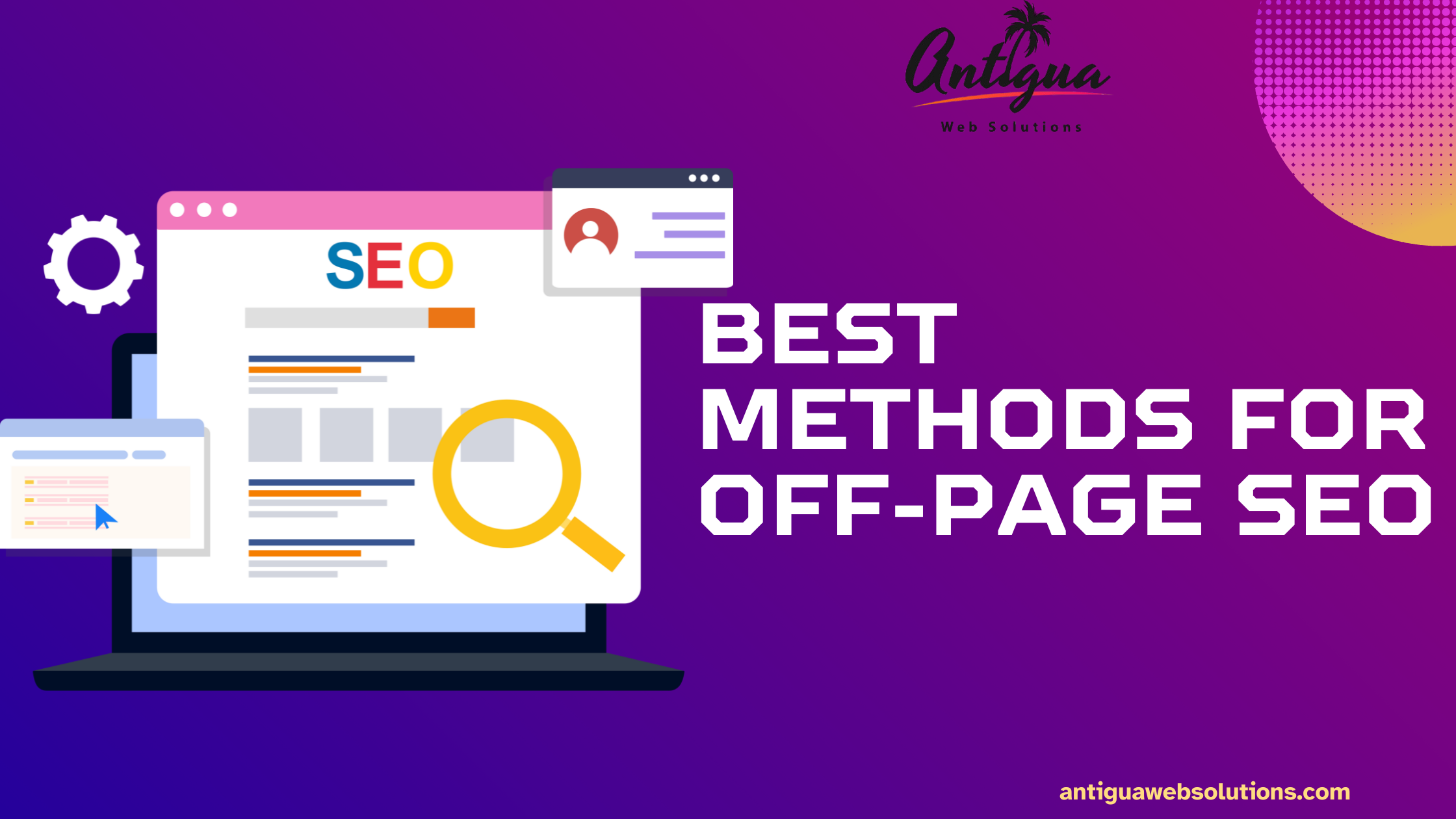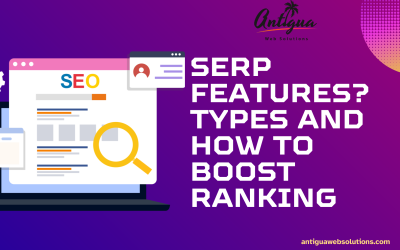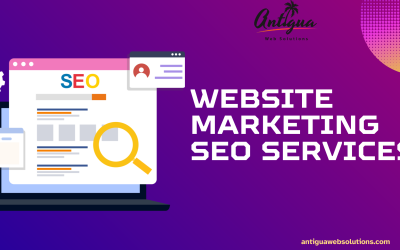In the world of digital marketing, search engine optimization (SEO) remains a cornerstone for driving organic traffic to websites. While on-page SEO focuses on optimizing your website’s content and structure, off-page SEO involves actions taken outside your website to boost its authority and visibility. In 2025, mastering off-page SEO is more critical than ever, thanks to evolving search engine algorithms that prioritize quality over quantity.
This comprehensive guide will explore the best methods for off-page SEO in 2025, ensuring your website ranks higher and attracts leads. Let’s dive in!
Understanding Off-Page SEO
Off-page SEO refers to the optimization activities performed outside your website to improve its rankings on search engine result pages (SERPs). These activities signal to search engines that your website is trustworthy, authoritative, and relevant. In 2025, off-page SEO strategies are no longer limited to link building; they encompass a wide range of tactics that enhance your website’s overall reputation and user engagement.
Why Is Off-Page SEO Important in 2025?
Google’s algorithms have become increasingly sophisticated, placing greater emphasis on user intent, content quality, and relevance. Off-page SEO plays a crucial role in:
- Building domain authority and trustworthiness.
- Improving search engine rankings for competitive keywords.
- Driving referral traffic from high-authority sources.
- Enhancing brand visibility and reputation.
To stay ahead, it’s essential to adopt strategies that align with Google’s latest updates and focus on sustainable growth.
Best Methods for Off-Page SEO in 2025
1. High-Quality Backlink Building
Backlinks remain one of the most powerful ranking factors for search engines. However, the emphasis in 2025 is on the quality of backlinks rather than the quantity. Here’s how you can build high-quality links:
- Focus on Authoritative Websites: Secure backlinks from websites with high domain authority (DA) and relevance to your industry.
- Guest Blogging: Write informative and engaging guest posts for reputable blogs. Ensure your backlinks appear naturally within the content.
- Broken Link Building: Find broken links on high-authority websites and suggest your content as a replacement.
- Resource Pages: Reach out to websites that maintain resource pages related to your niche and request inclusion of your content.
2. Content Syndication
Content syndication involves republishing your content on third-party platforms to increase its reach and attract more traffic. Some effective methods include:
- Medium and LinkedIn Articles: Republish your blog posts on Medium or LinkedIn to tap into their vast audiences.
- Industry-Specific Platforms: Share your content on niche platforms related to your field.
- Infographics and Visual Content: Create shareable infographics and distribute them on visual platforms like Pinterest and Behance.
3. Leverage Social Media
Social media platforms are vital for increasing brand visibility and driving traffic. Although social media links are typically no-follow, they still provide indirect SEO benefits. Focus on:
- Consistent Posting: Share valuable and engaging content regularly to keep your audience engaged.
- Hashtag Optimization: Use relevant hashtags to increase content discoverability.
- Community Engagement: Interact with your followers, respond to comments, and participate in industry-related discussions.
4. Local SEO and Citations
For businesses targeting local audiences, local SEO is indispensable. Steps to optimize your local SEO include:
- Google My Business (GMB): Keep your GMB profile updated with accurate contact information, business hours, and photos.
- NAP Consistency: Ensure your Name, Address, and Phone number (NAP) are consistent across all online directories.
- Local Citations: List your business on high-quality local directories such as Yelp, TripAdvisor, and Yellow Pages.
- Encourage Reviews: Request satisfied customers to leave positive reviews on platforms like Google and Facebook.
5. Brand Mentions and Unlinked Mentions
In 2025, brand mentions — whether linked or unlinked — are powerful off-page SEO signals. Here’s how to leverage them:
- Monitor Brand Mentions: Use tools like Google Alerts or Ahrefs to track mentions of your brand across the web.
- Convert Unlinked Mentions into Backlinks: Reach out to the website owner and request a link to your site where your brand is mentioned.
- Build Brand Awareness: Focus on PR campaigns and partnerships to increase brand mentions.
6. Influencer Marketing
Collaborating with influencers in your niche can significantly boost your off-page SEO efforts.
- Micro-Influencers: Partner with micro-influencers who have highly engaged audiences.
- Sponsored Content: Collaborate with influencers to create content that links back to your website.
- Product Reviews: Offer influencers free products or services in exchange for honest reviews and backlinks.
7. Forum and Community Participation
Actively participating in forums and communities can help establish your authority in your niche.
- Quora and Reddit: Provide valuable answers to relevant questions and link to your website where applicable.
- Industry-Specific Forums: Join discussions and share insights on forums related to your niche.
- Engage with Online Communities: Build relationships with other professionals and potential customers.
8. Social Bookmarking
Social bookmarking sites can drive traffic and help index your content faster.
- Submit to High-Quality Platforms: Use sites like Digg, Mix, or StumbleUpon to share your content.
- Regular Updates: Maintain consistent activity to stay visible.
9. User-Generated Content (UGC)
Encourage your audience to create content related to your brand. Examples include:
- Customer Reviews: Motivate customers to leave reviews on platforms like Yelp, Trustpilot, or Google.
- Testimonials and Case Studies: Showcase user stories on your website.
- Social Media Challenges: Create campaigns that encourage users to share their experiences.
10. Video Marketing
Video content continues to dominate in 2025.
- YouTube Optimization: Use keywords in titles, descriptions, and tags for better visibility.
- Live Streams: Host live Q&A sessions or product demonstrations.
- Cross-Platform Sharing: Share videos on LinkedIn, Instagram, and TikTok.
Conclusion
Off-page SEO in 2025 goes beyond traditional link-building tactics. It’s about building trust, authority, and engagement through multiple channels. By focusing on high-quality backlinks, social signals, local SEO, and innovative content strategies, you can create a strong off-page presence that aligns with Google’s evolving standards.
Remember, off-page SEO is a long-term investment. Consistent efforts and a commitment to quality will help you achieve higher rankings and attract valuable leads. Start implementing these strategies today, and you’ll be well on your way to SEO success.





